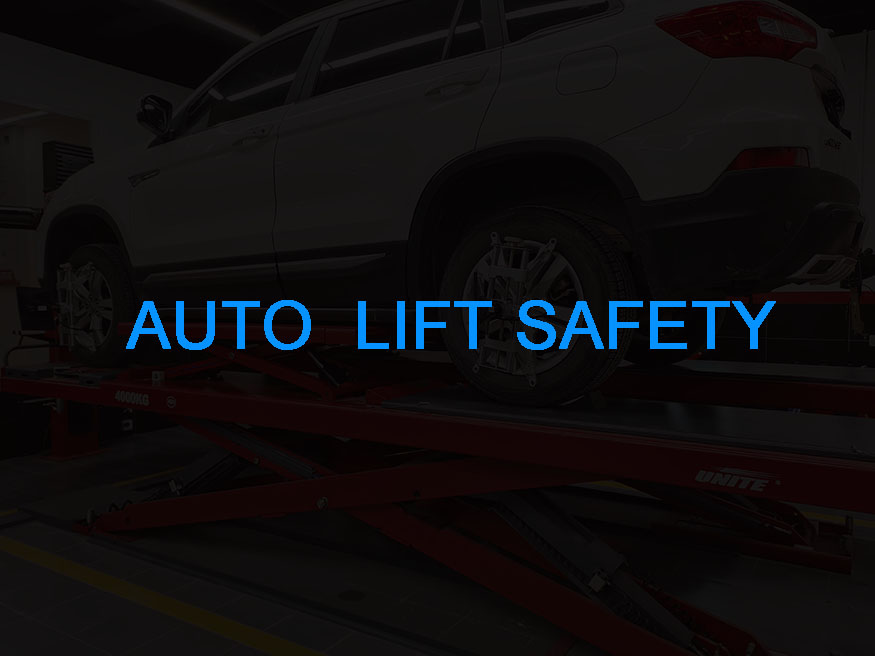Automotive lifts play a crucial role in enabling technicians to reach the undersides of vehicles. Capable of lifting even the heaviest automobiles, these powerful and impressive machines require operators to exercise caution during use.
Whether you own a garage, are a racing enthusiast, or are a car collector, having a grasp of auto lift safety is essential to prevent accidents, injuries, and equipment damage.
How Safe Are Car Lifts?
Like any other heavy equipment and machinery, auto lifts demand strict safety considerations. Lifting heavy vehicles above a workshop floor requires utmost precautions. Thankfully, leading manufacturers today incorporate numerous features into the design of car lifts to assist operators in preventing injuries and property damage. Reputable auto lift manufacturers provide products that adhere to all crucial safety and quality standards.
Having a clear understanding of how auto lifts operate is crucial for ensuring safe operation. Your auto lift manufacturer serves as an excellent resource for safety information, and it’s advisable to carefully read the manual. A high-quality auto lift should include comprehensive instructions detailing the installation and operation of the lift, along with essential safety guidelines.

